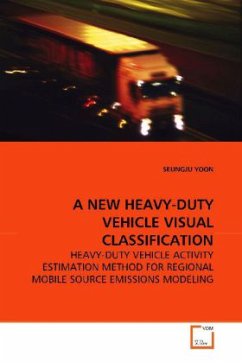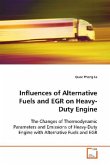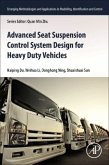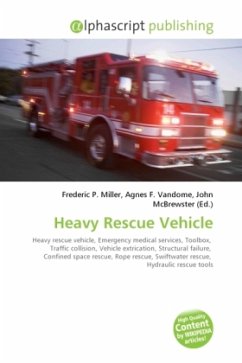A new heavy-duty vehicle visual classification and
activity estimation method minimize uncertainties in
current HDV conversion methods and the vehicle
registration based HDV VMT estimation guidance. The
HDV visual classification scheme called the X-
scheme, which classifies HDV/truck classes by
vehicle physical characteristics such as the number
of axles, the number of tires, gross vehicle weight
ratings, horsepower ranges, vehicle activity
characteristics, and tractor-trailer configuration,
converts FHWA truck classes into EPA HDV classes
without losing the original resolution of HDV/truck
activity and emission characteristics. The new heavy-
duty vehicle visual classification and activity
estimation method can be used for the development of
HDV/truck activity databases and for the facility-
specific HDV VMT estimation for the development of
onroad emissions inventories. In addition, the
ability to estimate link-specific emissions benefits
Federal and local agencies in the development of
project (microscale), regional (mesoscale), and
national (macroscale) level air quality management
and transportation plans.
activity estimation method minimize uncertainties in
current HDV conversion methods and the vehicle
registration based HDV VMT estimation guidance. The
HDV visual classification scheme called the X-
scheme, which classifies HDV/truck classes by
vehicle physical characteristics such as the number
of axles, the number of tires, gross vehicle weight
ratings, horsepower ranges, vehicle activity
characteristics, and tractor-trailer configuration,
converts FHWA truck classes into EPA HDV classes
without losing the original resolution of HDV/truck
activity and emission characteristics. The new heavy-
duty vehicle visual classification and activity
estimation method can be used for the development of
HDV/truck activity databases and for the facility-
specific HDV VMT estimation for the development of
onroad emissions inventories. In addition, the
ability to estimate link-specific emissions benefits
Federal and local agencies in the development of
project (microscale), regional (mesoscale), and
national (macroscale) level air quality management
and transportation plans.








